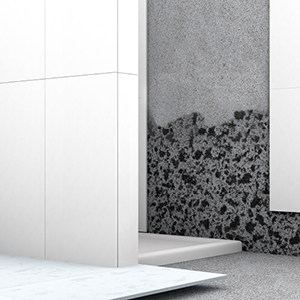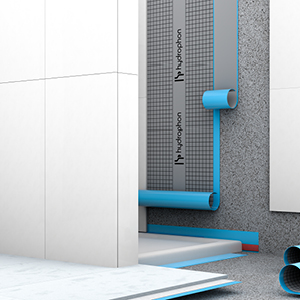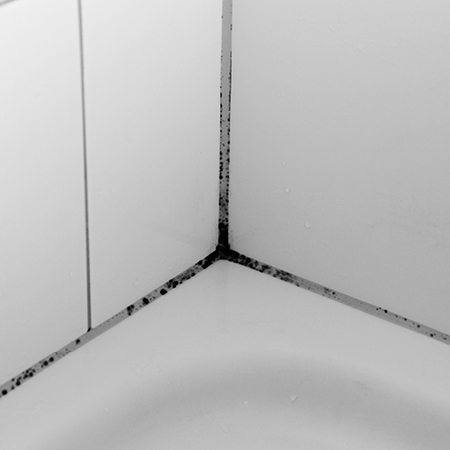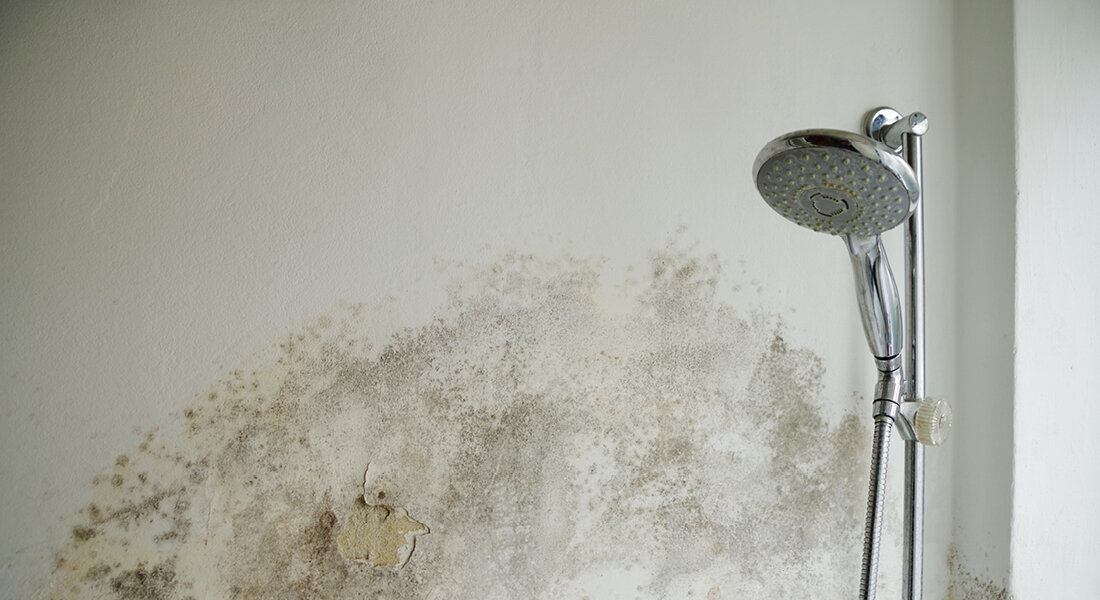Abdichtungssanierung nach Schimmelbefall
Mould in the building fabric can usually only be remedied by a costly complete renovation. The wall must be prised open and the contaminated material removed. If this is not completely possible, disinfectants are used to kill the spores. This is followed by thorough drying of the building components and reconstruction of the original wall structure.
Professional bathroom waterproofing ensures that the masonry remains dry and mould does not form again. For this purpose, we recommend Hydrophon sealing tapes, which are self-adhesive and can therefore be installed particularly easily and in a time-saving manner. In order to find the best solution for each individual renovation, we are at your side as an expert partner.
How to prevent mould
Silicone is not sufficient for consistent sealing, as the material can have hidden cracks. Even the recommended annual inspection of silicone joints often cannot reveal these tiny cracks. Only bonded waterproofing provides a permanent invisible moisture barrier and effectively prevents mould.

Without waterproofing, mould will spread on the building fabric.

Waterproofing systems from hydrophon protect the building fabric from mould infestation.
Correctly seal damp areas
Only professional sealing can permanently prevent mould infestation in the bathroom. This applies in particular to critical areas such as the transition from the shower tray to the wall, corner joints and wall penetrations of sanitary connections.
Composite sealants such as our self-adhesive sealing tapes and sealing membranes have proven their worth for floor and wall surfaces that are heavily exposed to water. Our bathtub sealing tape ensures that the water in the shower tray area only runs where it should - into the drain.
Reasons for mould
- a dew point line that is shifted inwards
- excessive humidity in the rooms
- Excessive rainwater absorption by the façade
- a missing horizontal barrier in buildings without basements

How mould develops: Cracks in building materials
If moisture penetrates the masonry through cracks in concrete components and tiles, mould is inevitable. The whole thing is forced by surfactants in shampoos and shower gels. These reduce the surface tension of the water, allowing it to penetrate even through the tiniest hairline cracks in the substrate. Our sealing tapes and sealing membranes reliably prevent this.

